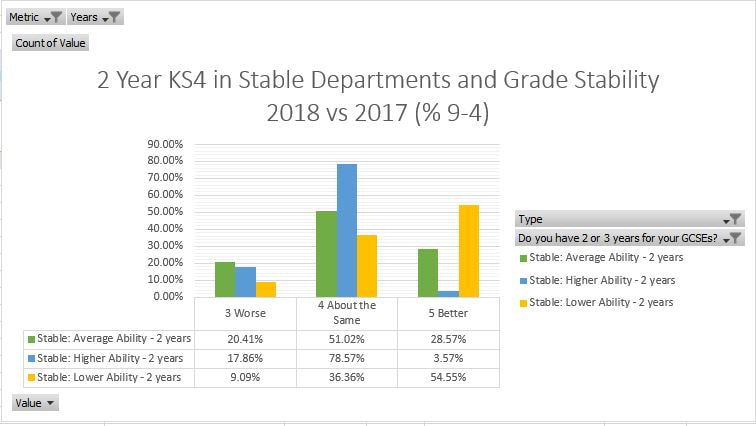This is the third instalment of my blog series “Being proud of our history?”. The question I have been trying to address is whether “the history teacher community” has a good sense of what it has and had not done in relation to challenges raised in recent years, especially in terms of dealing with racism. In this blog I want to look more closely at the discourse of “the community”. Once again I hope this is taken in the spirit of honest reflection and apologise as this is quite a long piece.
The power of discourse
In myprevious blog I explored the ways in which curriculum constructions do not always live up to the self-narrative “the community” has created. However, in making such a statement, I am also aware that not every curriculum construction has engaged deeply with "community" discourse. When Priggs (2020), for example, wrote her excellent article about not just “doing diversity”, it was clear that she was drawing on a rich “community” discourse encountered via conferences and journal articles. It is this discourse I want to explore today.
Academic educational discourse
I want to begin briefly with academic educational discourse. That is to say the books and articles which are part of university level research. At this level, there certainly is a huge amount written. There are numerous studies of how children are impacted by concepts of race, class, gender etc. in the classroom. One book which really shaped my own thinking in this regard was Archer and Francis’ (2007) “Understanding Minority Ethnic Achievement” for example. There are also a range of studies which look at curricular diversity, or explore the ways students encounter specific historical examples of complex concepts. So far, so good.
The power of discourse
In myprevious blog I explored the ways in which curriculum constructions do not always live up to the self-narrative “the community” has created. However, in making such a statement, I am also aware that not every curriculum construction has engaged deeply with "community" discourse. When Priggs (2020), for example, wrote her excellent article about not just “doing diversity”, it was clear that she was drawing on a rich “community” discourse encountered via conferences and journal articles. It is this discourse I want to explore today.
Academic educational discourse
I want to begin briefly with academic educational discourse. That is to say the books and articles which are part of university level research. At this level, there certainly is a huge amount written. There are numerous studies of how children are impacted by concepts of race, class, gender etc. in the classroom. One book which really shaped my own thinking in this regard was Archer and Francis’ (2007) “Understanding Minority Ethnic Achievement” for example. There are also a range of studies which look at curricular diversity, or explore the ways students encounter specific historical examples of complex concepts. So far, so good.













 RSS Feed
RSS Feed
